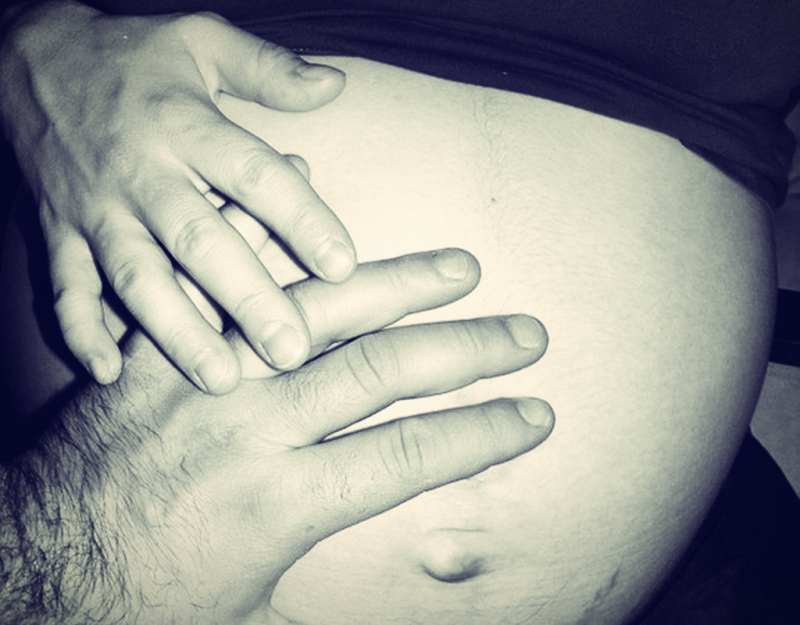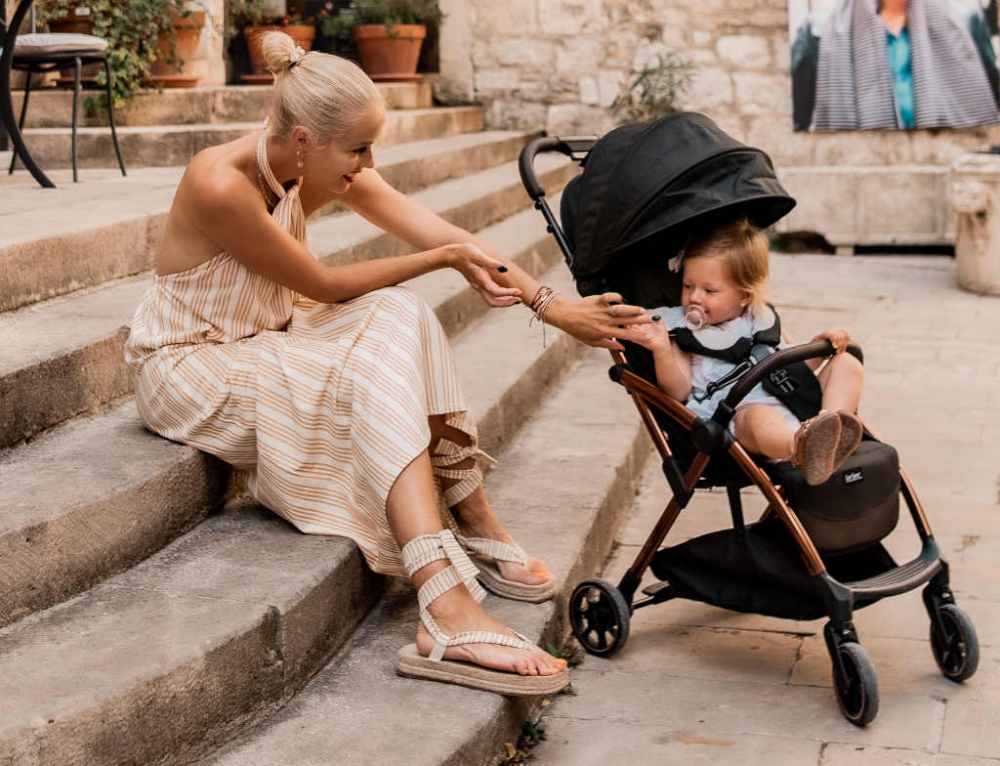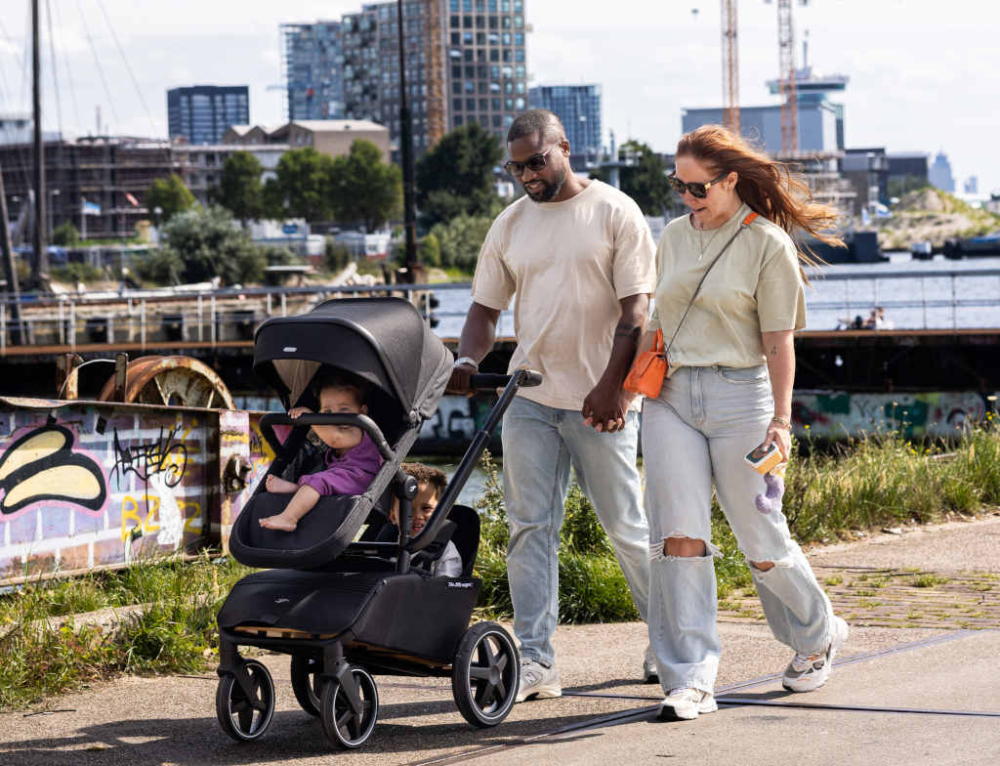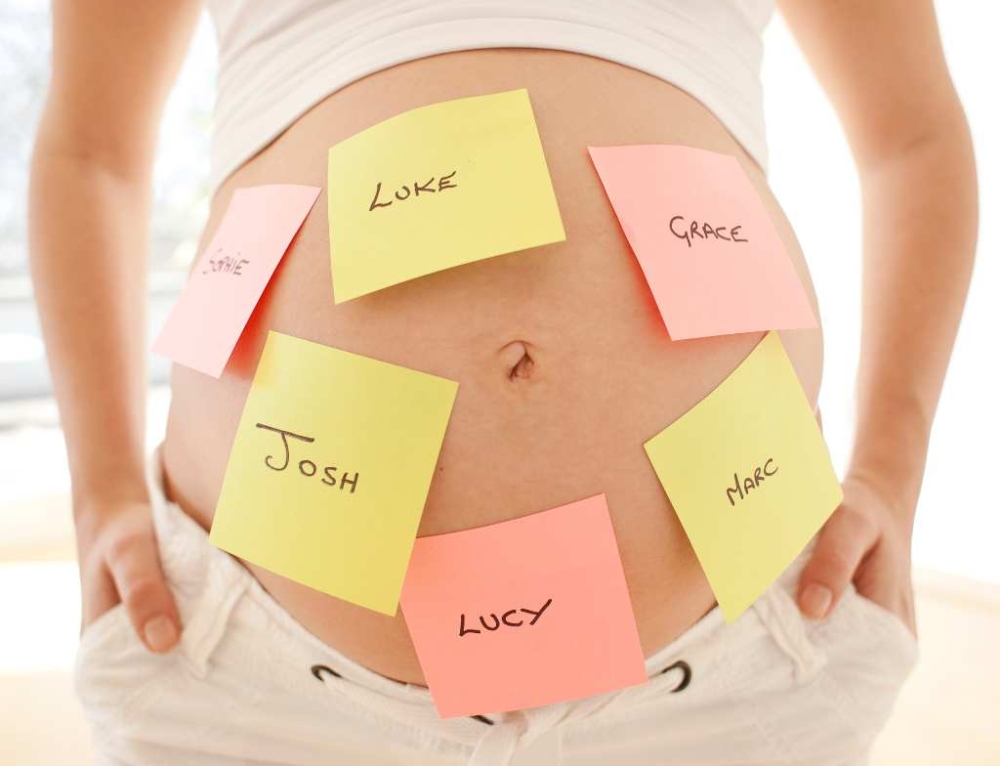Labour is divided into three stages. During the first stage, your cervix (the neck of your womb) opens slowly, with regular contractions of your uterus. Once your cervix is fully opened (dilated), your baby can be born.
The actual birth is known as the second stage of labour and the third stage is the term given to the separation and delivery of the placenta from your uterus.
Early labour
When your labour starts, there is no need to hurry to the hospital. It’s important to stay calm and in tune with your body, which simply means alert to any changes that would indicate the labour is progressing.
Easier said than done, maybe, but trying to keep your environment and the people around you calm and relaxed will help you cope with any discomfort you might be feeling. It will also help you to properly assess what your body is doing and make the best decision about the right time to go to the hospital.
During the last few weeks of your pregnancy you might have already experienced some tightening of your uterus. These are known as Braxton Hicks contractions and – don’t panic! – does not mean you are in labour. Braxton Hicks are completely normal and can occur regularly for some women, lasting for one or two minutes, with or without associated pain.
One of the most reliable indicators that labour is really on its way is when you have a blood-stained mucous discharge from your vagina. This is called a ‘show’ and is also very normal.
If you are alone, it’s a good idea to contact someone to keep you company at this stage. If your contractions become uncomfortable, a warm bath or shower may help take the edge of your pain. Some women have said that by staying active and moving, it has helped relieve the pain. Staying active and moving around also helps your baby move into position, ready for the next stage of labour.
Contraction pains
Contraction pains don’t only happen in the abdomen – you might find that your back is also very sore. A hot water bottle, a massage or even leaning forward over a beanbag or large cushions may help relieve the pressure. Try different positions to see what works best for you. You might find squatting, walking, rocking on all fours or lying on your side helps, too.
By the time your contractions are 7-10 minutes apart, you’ll need to start planning your next step. Ring the hospital or your midwife to let them know about your labour. The midwife will ask you some questions about what is happening and may advise you to come in, or stay home a little longer.
It’s the right time to go to hospital when . . .
- Your contractions are about 5 minutes apart, or
- You no longer feel comfortable being at home, or
- Your waters break (it doesn’t matter whether or not you are having contractions).
It’s important to call the hospital to let them know that you are on your way. Take your hospital bag and your birth plan if you have one, and make sure that either you or the person taking you to hospital has a mobile phone – just in case of emergency.
At some hospitals, you are required to go to the maternity section, while others prefer you to go to the emergency section. Ask the midwife when you ring where you should enter the hospital.
First baby? On average, the first stage of labour lasts around 12-14 hours. For women who are having their second or more babies, the first stage of labour averages around seven hours. Of course, your labour may be shorter, or longer. Remember: If your labour is going very slowly, or if you believe there are any problems, seek medical advice.
Try to stay calm and focused. You are about to go through an amazing experience and meet a very special little person.
This article was written by Claire Halliday for Kidspot NZ.







Leave A Comment
You must be logged in to post a comment.